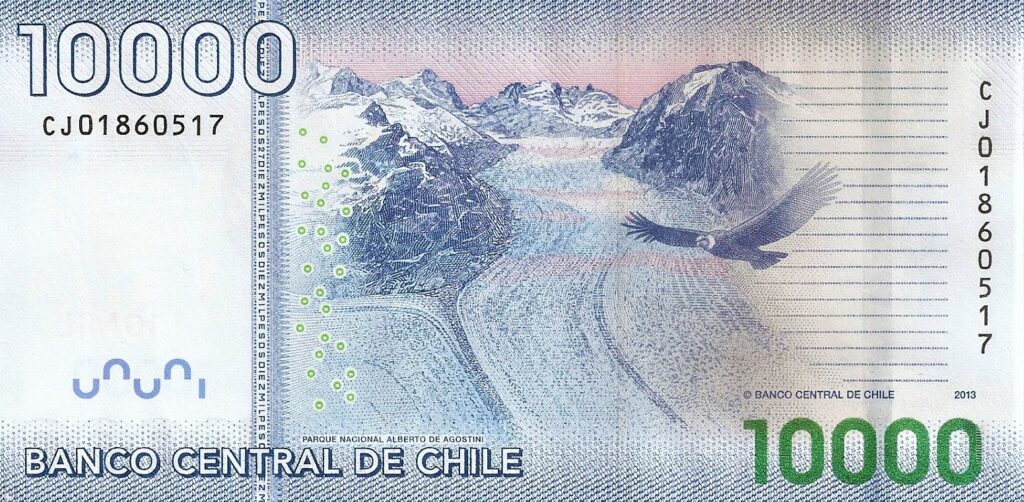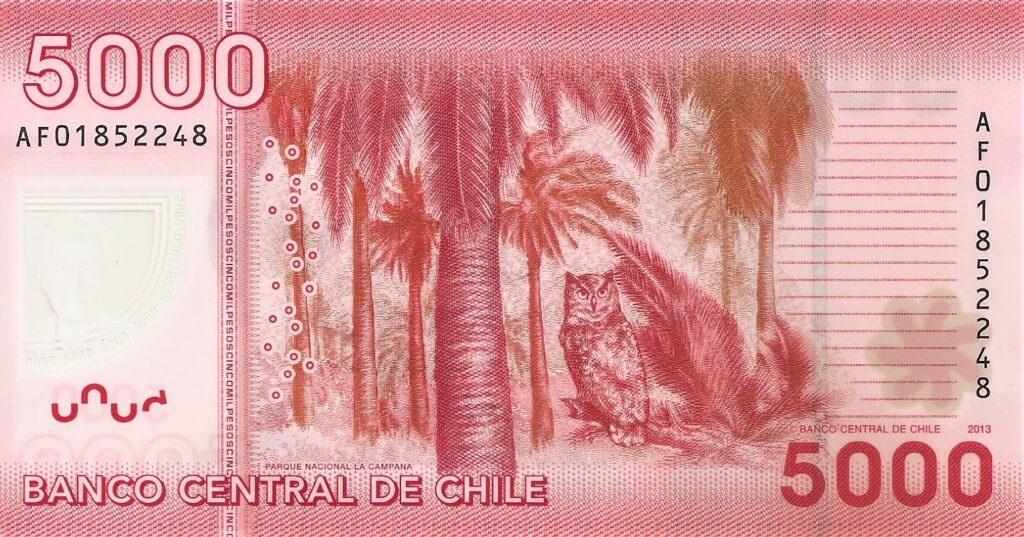
The conquest of the Chilean Peso




Chile is an intriguing country; both in terms of its geography and unique ethnography. The most unusual aspect is undoubtedly its spread – a narrow slice sandwiched between the mountain range of Andes and the Pacific Ocean. A natural paradise under the Andean shadow, this south most nation also has vast territories in Antarctica. Chile was colonized early by the Spaniards thrashing the indigenous Inca people sometime in the middle of 16th Century CE. However, the dark era of colonial exploitation met a premature end; initially led by José Miguel Carrera and his two brothers, later by Bernardo supported by Argentine freedom fighter José de San Martín O’Higgins. Chile proclaimed its independence in 1818 CE and expanded its territories. Peace and prosperity transformed Chile into a stable nation. Other than the turbulent interlude of Augusto Pinochet, the nation has been on a path of steady progress.




Before the abolition of colonialism, Chile abandoned the colonial Peso and chose a new currency in 1817 CE – the Chilean Peso – valued at 1 Chilean Peso = 8 Spanish colonial Reales. First banknotes were seen by 1840 CE, issued by the treasury of the Province of Valdivia followed by many other private banks. In 1881 CE, Chilean government issued banknotes and by the end of 19th Century CE, circulation of banknotes issued by private dwindled sharply. Banco Central de Chile, the Central Bank of Chile was formed in 1925 and new banknotes were designed. However, uncontrolled inflation led to adoption a new currency – Chilean Escudo – that remained in use between 1960 – 1975 CE. In 1975, burdened by the devaluating Escudos, Chile returned to another version of Peso (1 Peso = 1000 Escudos). Chile was one of the front runners in South America to go for polymer banknotes launching its first 2000 Peso banknote in 2004. Printed by leaders in Polymer banknotes such as Note Printing Australia Ltd. and Crane AB, the Chilean banknotes are amongst the best in the whole world.



Main Features | Chilean money represents prosperity, good visual aesthetics and highest level of sophistication in terms of security features. The soothing banknotes adhere to uniform design in a range of colors. The façade is seen to accommodate (i) Numerals for denomination at 2 places (Bold identically-sized) (ii) Texts for denomination, issuing authority – Banco Central de Chile – and designation of two signatories and (iii) Images in form of one dominating Portrait against a series of layers laced with geometric designs that at first look like color gradient. Textual elements for denomination and issuing authority have also been infused into these graphic elements to enhance security. On the back, there are numerals for (i) denomination at diametrically opposite corners and (ii) Serial Number in horizontal and vertical alignment, texts for Banco Central de Chile and images depicting a variety of landscapes with depiction of significant flora and fauna. Inter-weaved miniature textual elements for denomination and issuing authority can also be discerned.



